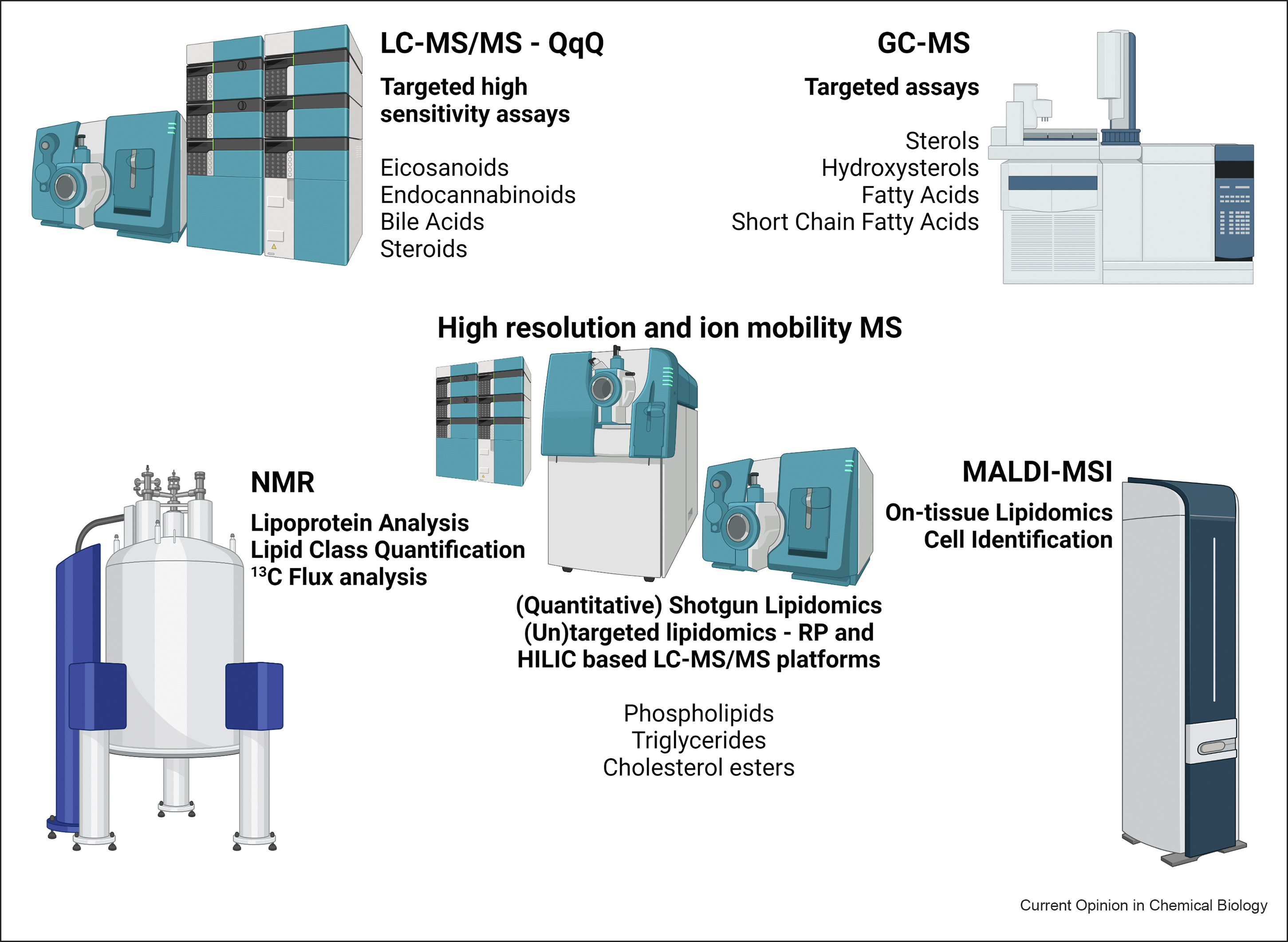Despite being a relatively new addition to the Omics' landscape, lipidomics is increasingly being recognized as an important tool for the identification of druggable targets and biochemical markers. In this review we present recent advances of lipid analysis in drug discovery and development. We cover current state of the art technologies which are constantly evolving to meet demands in terms of sensitivity and selectivity. A careful selection of important examples is then provided, illustrating the versatility of lipidomics analysis in the drug discovery and development process.
Elsevier,
Clinical Decision Support and Beyond (Third Edition): Progress and Opportunities in Knowledge-Enhanced Health and Healthcare, 2023, Pages 715-725
This chapter advances the UN SDG Goal 3: Good Health and Goal 10: Reduced Inequalities by discussing the components of a technical infrastructure to support PHM, including data sources (registries, electronic health records), data analytics tools, patient outreach and engagement tools, and patient tracking dashboards along with real-world examples of PHM programs focused on chronic disease management, genetic testing for hereditary cancers, colorectal cancer screening, COVID-19 testing and vaccination, and tobacco cessation.
This content supports the SDG Goal 3: Good health and well-being by providing the current knowledge regarding standard therapy and suggestions based on the literature for AIH patients being nonresponders to standard therapy and difficult-to-manage AIH patients to standard therapy.
This content supports the SDG Goal 3: Good health and well-being by presenting the antiviral strategies available to treat viral infections, those used to treat chronic viral hepatitis, and the mechanisms of action of drugs approved or at the developmental stage.
The Internet of Things (IoT) has revolutionized the traditional healthcare systems into intelligent system by allowing remote access and continuous monitoring of patient data. Specifically, first a novel scalable blockchain architecture is proposed to ensure data integrity and secure data transmission by leveraging Zero Knowledge Proof (ZKP) mechanism. Then, BDSDT integrates with the off-chain storage InterPlanetary File System (IPFS) to address difficulties with data storage costs and with an Ethereum smart contract to address data security issues.
This Article supports SDGs 7, 11, and 8 by presenting an alternative means of agricultural transport utilizing solar-powered farm rickshaws versus the traditional fossil fuel vehicles.
Noise and air pollution coexist in many urban/industrial environments, and therefore should be studied using co-exposure models. This study indicates that by investigating one individual stressor at a time, we may significantly underestimate the health risks since noise and air pollution have apparent additive health effects on the cardiovascular system and the brain. The study findings are strongly suggestive of additive/synergistic adverse cardiovascular health effects by environmental stressors that typically co-occur in large cities and urban/industrial settings, with a significant contribution to the disease burden and health care costs that may even exceed the most pessimistic scenarios.
Many of the forests of the world are parts of complex landscapes that include intact native forests, forests utilized by communities, and agricultural lands. Understanding ecosystem services at the scale of landscapes benefits from careful consideration of transitions among these land uses, and this article examines these topics for landscapes in Peru and the Philippines.
This Article supports SDG 3 by assessing the incidence of HCV infection among people with HIV, during different periods statified by level of access to direct-acting antiviral therapy for HCV. Broader access to this treatment was associated, through a "treatment as prevention" effect, with lower incidence of HCV infection - approximately 50% lower in the period of broad access to the treatment compared with the period before access to the treatment.
Our research explores how Stakeholder Capitalism can contribute to global governance to achieve all the 17 SDGs. The main findings revealed that Stakeholder Capitalism and its principles are favorable to foster a friendly environment for achieving most of the SDGs and can contribute to global governance in achieving mainly the SDGs 8, 9, and 17. However, Stakeholder Capitalism literature is incipient for the SDGs 6, 14, and 15, needing further research development by considering non-human stakeholders and the environment.


